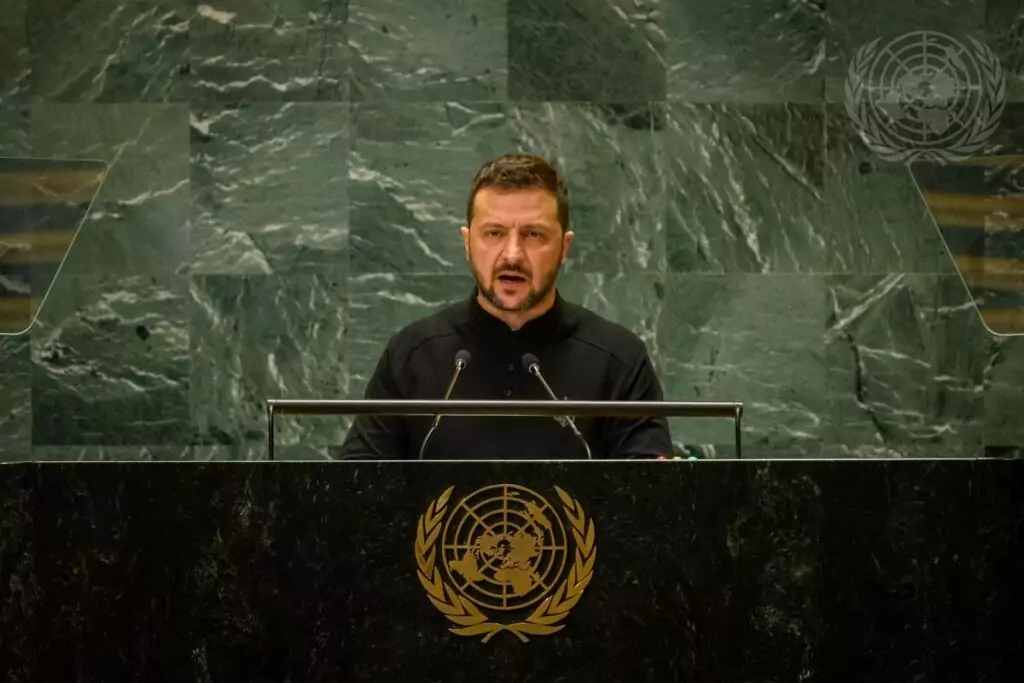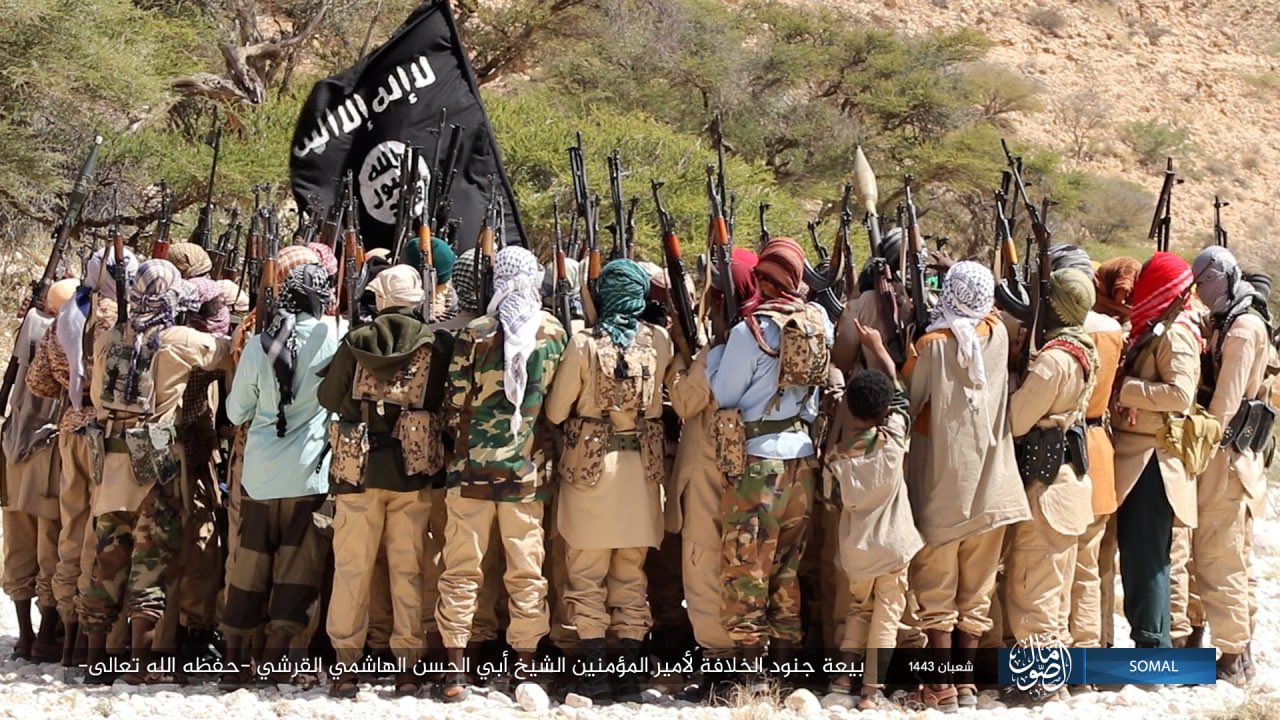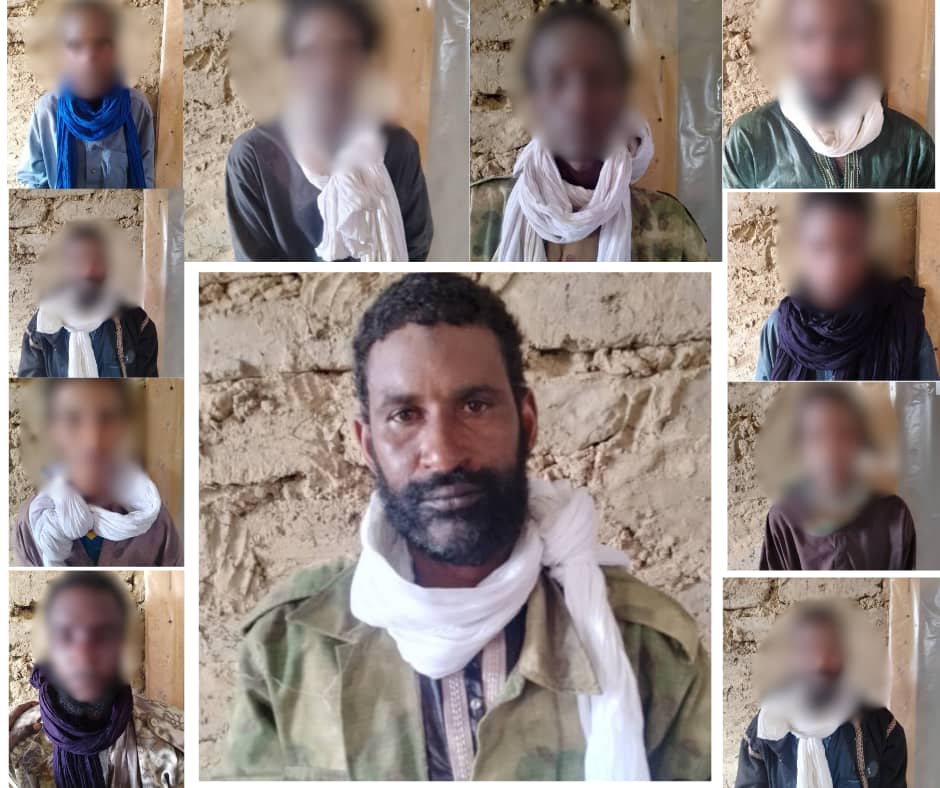Peru’s Shining Path Gaining Ground?
Peru’s Shining Path Gaining Ground?
New reporting by Peruvian officials has brought to light information on a terrorist group about which has been little noted in recent years: Peru’s Sendero Luminoso (SL)—Shining Path. The reports, which include sources who specialize in counter-terrorism programs within Peru’s Interior Ministry, provides a worrisome update on one of the most brutal terrorist groups known in the past four decades, a group which appears to be gaining strength and which may be seeking to enlarge its area of military operations (La Republica, August 5). In Peru, the remnants of the Maoist Shining Path have turned to cocaine production to fund themselves, including their campaign to overthrow the government of Peru. This makes SL a multi-edged weapon aimed at not only Peruvian national security, but that of Latin America and the United States as well. Without even pulling a trigger, SL continues to contribute to the multi-billion dollar annual drain on the U.S. economy.
Shining Path is one of many groups around the world that grew out of the international communist movement of the 1960s. Led for almost 30 years by former professor Abimael Guzman (known as Presidente Gonzalo) and incubated on Peruvian university campuses, SL mushroomed into a formidable foe. SL distinguished itself as one of the most ruthless terrorist groups of its time. SL and the government’s inevitable counter-terrorist operations resulted in the deaths of almost 70,000 peasants caught between the two forces. SL’s oft-stated goal has been an entire re-ordering of Peruvian society and institutions. With Guzman as its leader, SL strove for the destruction of all existing Peruvian institutions in order to replace them with organizations based on communist ideals. SL imposed a rigorous agenda on the peasantry it had under its control, including the prohibition of alcohol and conducting business in a capitalist manner. In addition, SL is opposed to influence by any foreign governments within Peru.
A combination of Peruvian counter-terrorist successes and the regional loss of funds suffered in the downfall of the Soviet Union reduced SL’s effectiveness considerably for a time. Guzman was captured and imprisoned in 1992. His successor, Oscar Ramirez, was captured in 1999. While its numbers are reported to have shrunk from 10,000 to as few as 500, SL’s size must be calculated to include the members of organized crime with which it cooperates.
The outside world hears little about SL presently, except for brief glimpses of its ongoing campaign in the areas that it controls, such as the Upper Huallaga Valley (Radio Programas del Peru, August 25). As far back as five to six years ago, however, reports of SL’s resurgence were noted, including attacks on police and military forces. Today, SL continues both its drug-related operations and paramilitary operations. SL is actually strengthening its presence in Peru’s Ayacucho Region and is able to do so because of the funds derived from its drug operations. This strengthened presence includes both more frequent armed forays and patrols into more distant locations. Peruvian authorities report that there are presently two Shining Path columns operating in the La Mar zone, both directed from a higher headquarters in Vizcatan.
Furthermore, counter-terrorism sources in Peru’s Interior Ministry report that the SL guerrillas move about in squads of 15-20 members (La Republica, August 5). Indifference or outright antipathy on the part of the peasantry also undoubtedly contributes to SL’s resilience. In a country where 54% of the population was estimated to be below the poverty line in 2003, that puts Peru on a par with locales such as Afghanistan (53%), The Republic of Georgia (54%) and Turkmenistan (58%). SL’s cocaine production enterprise must be counted as a major employment attraction in the area. They are, in effect, a government within a government, ruling over thousands of square miles of Peru virtually unchallenged.
At the very least, SL has the wherewithal to obtain any and all weapons it might need on the gray arms market. In an era and a locale in which it is relatively easy to conduct a car bombing attack, they obviously retain the means to attack U.S. diplomatic facilities, military facilities, businesses and tourists in Peru. The far greater threat from SL, however, is their contribution to the damage done to the United States through the production and distribution of cocaine. SL has mutated into a terrorist-criminal network, and counter-terrorist organizations should change their paradigm to fit the new model.


